-
Posts
2,329 -
Joined
-
Last visited
Content Type
Profiles
Blogs
Forums
American Weather
Media Demo
Store
Gallery
Posts posted by Tatamy
-
-
06z Euro is another crusher for the area.
-
 2
2
-
 1
1
-
-
The ferocity of the bomb that the Euro cooked up tonight can’t be understated. Besides being an all out blizzard for much of the area this system can cause very high tides with major coastal flooding. This system will be sporting an impressive sting jet on its back side as well (especially offshore).
-
 1
1
-
-
-
20 minutes ago, MJO812 said:
Nam barely had any accumulations now for tomorrow. Very weak snow rates. Euro was right.
Going for the under with this one by me.
-
 2
2
-
-
-
-
-
-
1” new. More than I was expecting.
-
 3
3
-
-
50 minutes ago, LVblizzard said:
Some very light snow beginning to fall in southern Lehigh County despite the radar showing nothing.
Just starting to see a few light flurries over here in Bethlehem Twp.
-
11 minutes ago, RedSky said:
Hrrr gives me a couple hours of snow around midnight, Allentown nothing
Strongly agree that nothing more than perhaps a few flurries makes it to ABE tonight.
-
1 hour ago, MJO812 said:
I got 3 inches yesterday. Who was screwed ? I have screenshots of you stating that NYC was only going to get 2 inches for the rest of the month but I'm not going to post those. Stop making blank statements.
I got a half inch of slop yesterday. No worries because I knew it wasn’t going to produce out here. We all know that we’re not going to get snow from every system that comes. I am very happy that you folks in the city and on the island did well with it. In any case this week looks quite good.
-
 1
1
-
 1
1
-
-
We have actually flipped over to light snow here. Looks like just enough to cover up the sleet and ice from last night. Roads are very treacherous. 29 F
-
 1
1
-
-
Freezing drizzle here with 28F. Kudos to the RGEM / Euro for predicting the snow burst that set up over the Metro area. For me the NAM gets the win with no snow and sleet and freezing rain only. I got about 0.25” of sleet and ice. I actually just woke up to the sound of the salt truck in my neighborhood. Many of the models were predicting a tight gradient between snow and no snow over western NJ and that turned out to be the case.
-
 2
2
-
-
-
56 minutes ago, Stormlover74 said:
Yeah places in lehigh valley are starting as sleet and flipping to snow. Hopefully we can squeeze out an hour or two
Pouring sleet here currently.
-
 2
2
-
-
3 minutes ago, RU848789 said:
Not sure where you got that radar view on the bottom from but it’s not correct.
-
 1
1
-
-
6 minutes ago, Allsnow said:
As of 6 PM you have to be north of I80 if you want to find snow in PA. The only exception is Fort Indiantown Gap which is reporting flurries. Everyone else is reporting ice / sleet/ wintry mix or rain. All Pittsburgh reporting sites are reporting thunderstorms.
-
 1
1
-
-
2 minutes ago, jm1220 said:
Sleet line is just N of I-80 in PA. State College will likely get nailed with sleet for a few hours.
As of 5PM Johnstown which is an elevated location was reporting Freezing rain. Pittsburgh Intl was reporting a thunderstorm… lol. This is certainly a dynamic system.
-
 2
2
-
-
6 minutes ago, allgame830 said:
That wall of snow is booking it across PA now! Btw gfs looks colder and snowier
There’s no wall of snow in PA
-
 1
1
-
-
3 minutes ago, RU848789 said:
Why so low? NWS has you getting ~2" of dense snow/sleet (0.4" QPF as snow/sleet, so ~4" of snow worth), then 0.1" of ZR which will be absorbed into the pack. Do you think they're going to be that far off?
Yes. I will post a picture in the morning of the final result!
-
-
23 minutes ago, sussexcountyobs said:
By me, I don't see us getting alot of zr here. I'm thinking maybe 2-3" of snow. Then maybe 1" of sleet.
Up by you I agree you have a chance.
-
9 minutes ago, sussexcountyobs said:
Agree. Thursday we got 1" of snow and sleet here. We still have 1/2 of it on the ground.
I am bare here. I am figuring maybe a half inch of sleet with some ice to boot here.
-
 1
1
-

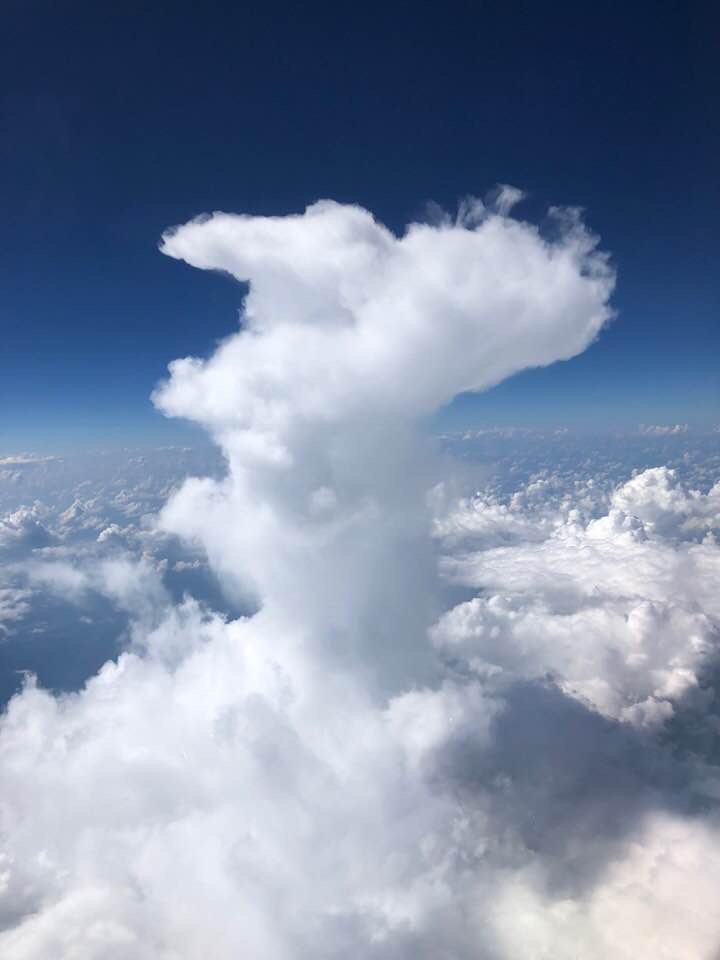
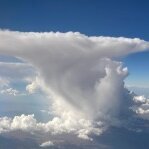
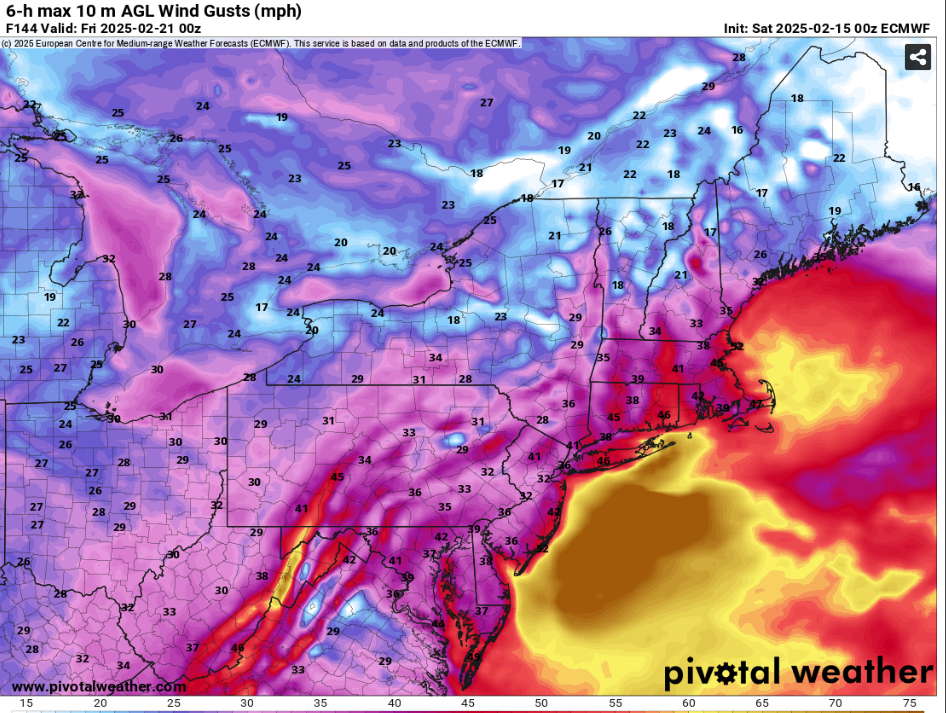
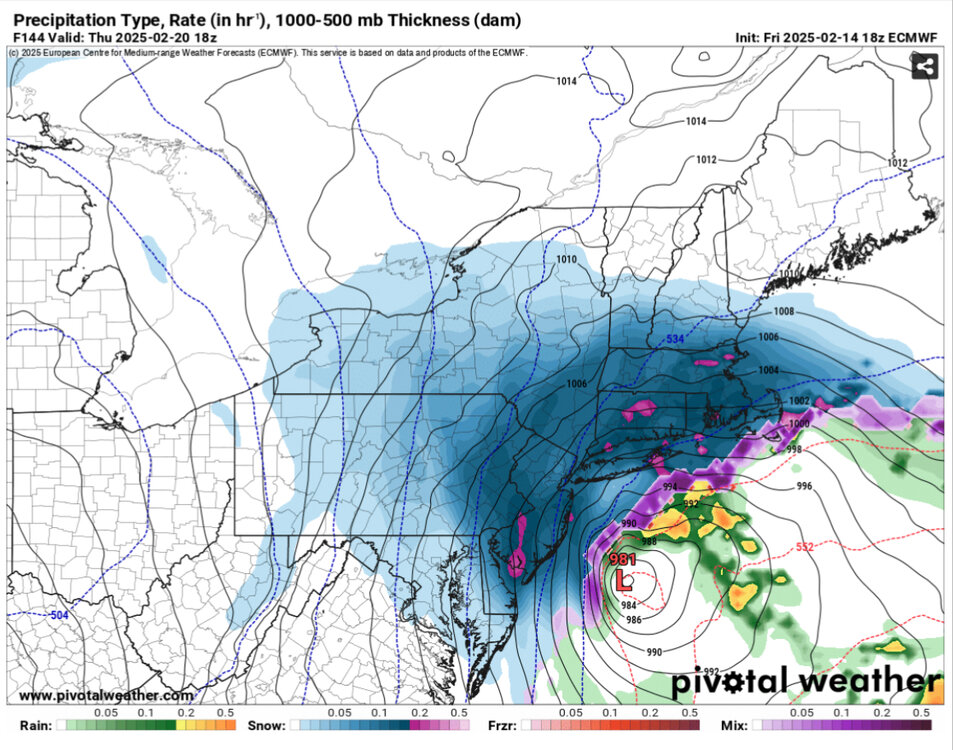
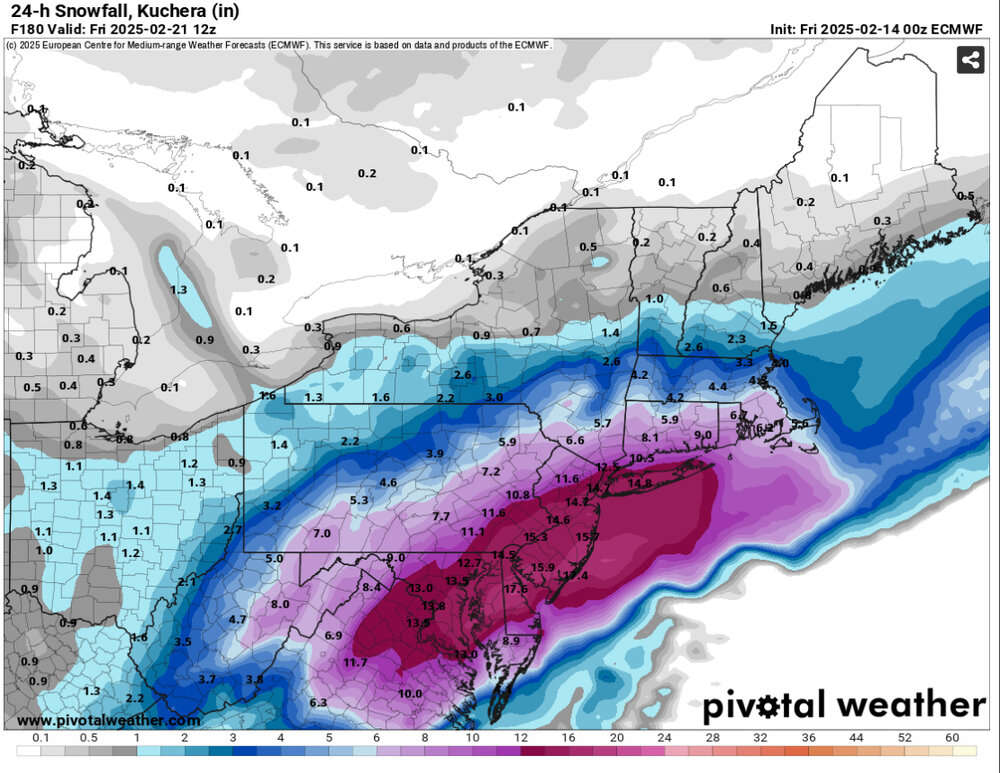
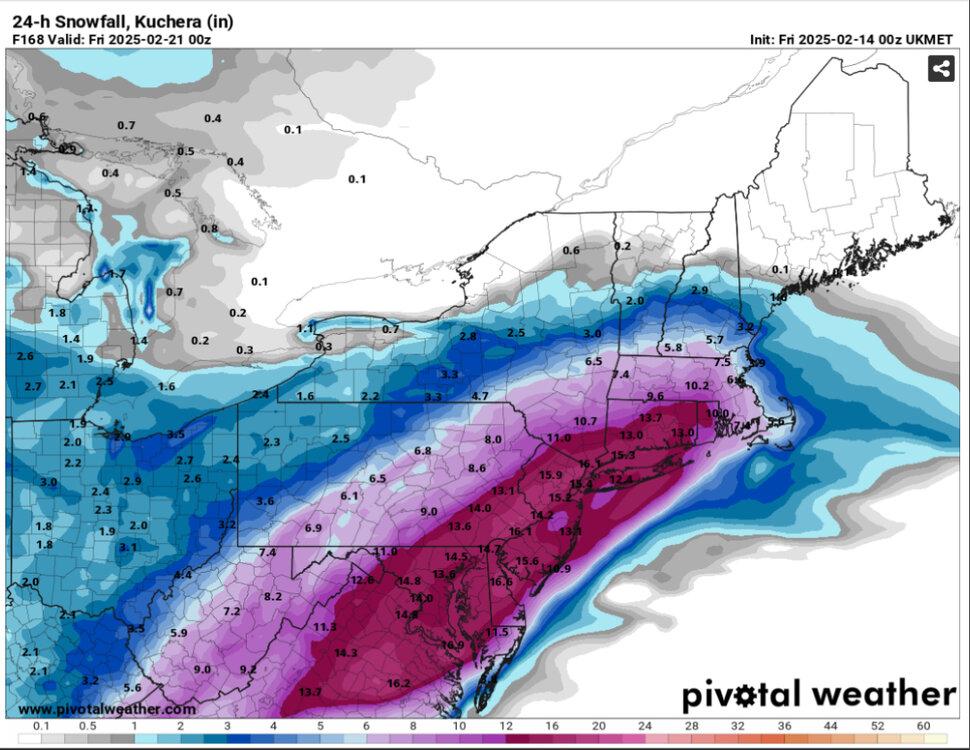


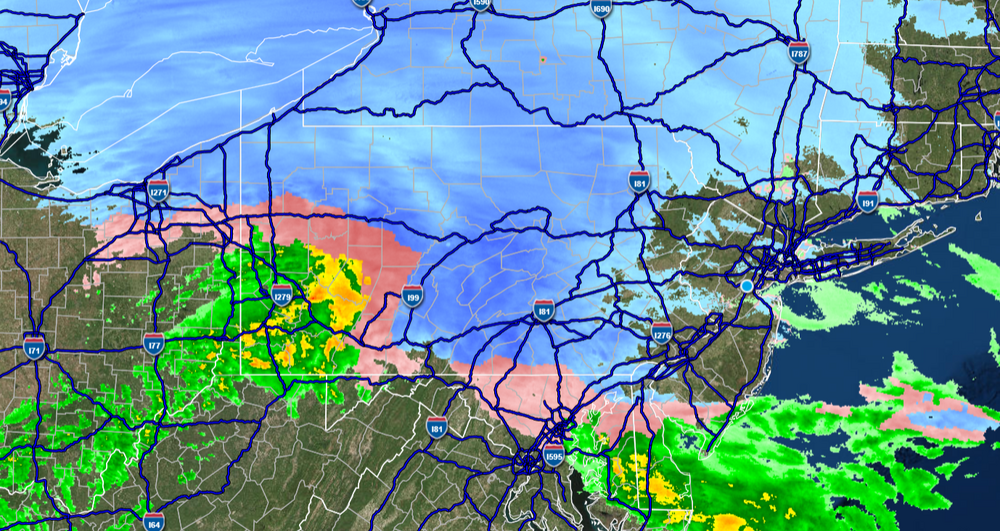

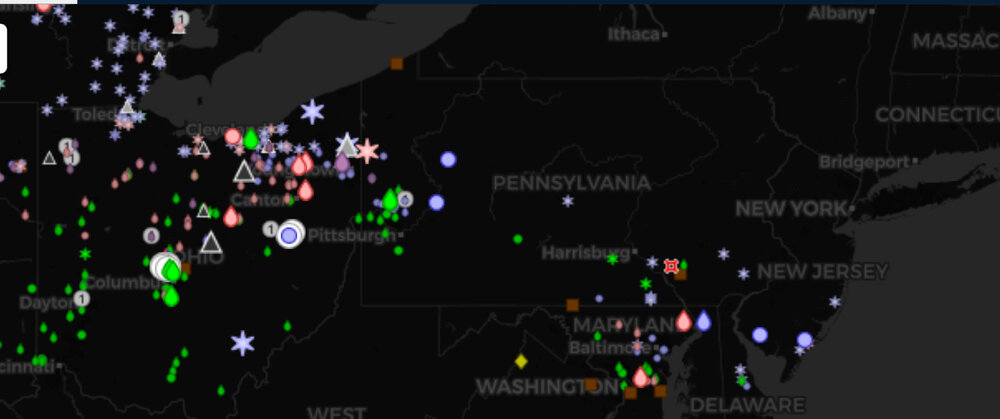
Discussion-OBS snow event sometime between 06z Thu 2/20-12z Fri 2/21?
in New York City Metro
Posted
This is one of these be careful for what you wish for types of storms. As shown on the 0z run of the Euro the storm is very intense and would cause major disruption across the area. Strong winds, high tides with coastal flooding and erosion, heavy snows with travel impacts, and a sting jet on the backside would all combine to cause major problems across the area. The 06z run tracked the center further east away from the coast.